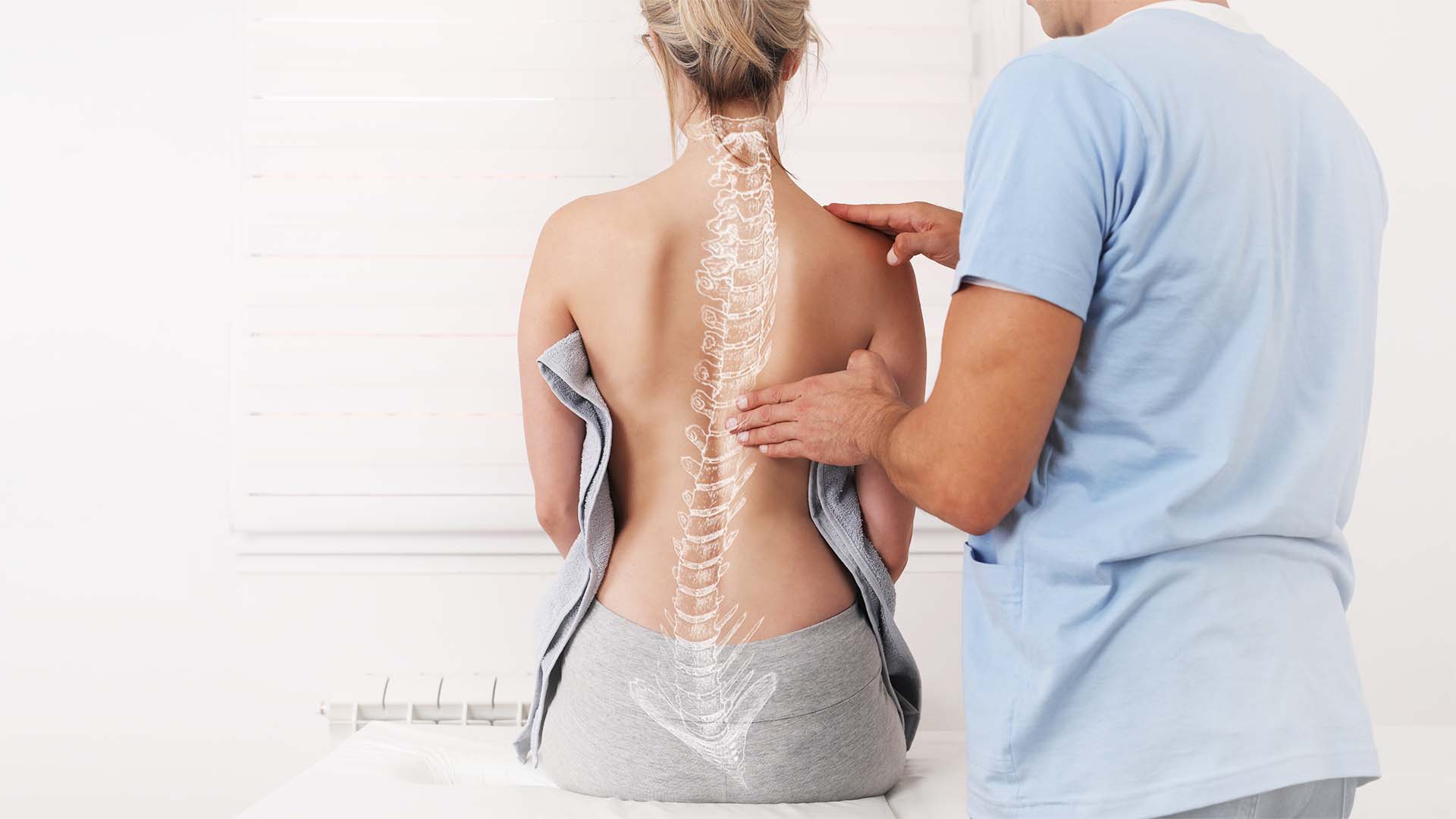Commonly known as the spinal curvature, Scoliosis is more likely to be a significant diagnosis than a disease. Generally, this condition is diagnosed during the adolescence and may be caused by several other issues. Usually developing due to bending or rotating of the vertebra, scoliosis is a condition that begins in the early ages and may cause serious impact on one’s quality of life. While the rate of scoliosis diagnosis ranges between 0.2% and 6% among the population, the underlying causes of the 80% of the cases are unknown, although it may develop due to congenital development disorders. For treatment of this vertebra condition – which rarely may regress on its own – the advancement risk of the illness is taken notice. Thus; monitoring and close monitoring, wearing corsets, exercising and undergoing the scoliosis surgery are among the preferred methods of the treatment.

What is Scoliosis Surgery?
Defined as an illness occurring on the waist or chest areas contingent upon the vertebra, scoliosis poses a risk for nearly all age groups. While it may occur during the early ages of a patient, it may also be observed in the adolescents and even in the elderly. The scoliosis surgery is an umbrella term that refers to all surgical interventions performed to remove the curvature.
If the curvature cannot be re-adjusted by wearing a corset or undergoing physiotherapy, then, the scoliosis surgery is regarded as the last option. In the event of diagnosing a greater curve than 40 degrees, scoliosis surgery will be the patient’s only option of treatment. In such cases, the patients must proceed with the surgery.
How to Perform a Scoliosis Surgery?
During the scoliosis surgery, metal bars are positioned on the right and left side of the vertebra area in order to treat the curve. With the pressure provided by the metal bars, the curve may be re-adjusted over a long period of time. The fundamental purpose of the screws and metal bars is to provide necessary pressure to re-adjust the curve. In the treatment of scoliosis, surgical intervention, especially in children,
is defined as a risk. However, most of the time this intervention is necessary. On the other hand, different methods of treatments that does not require performed on children diagnosed with curved structure in the vertebra. Yet, the availability of those options is completely dependent on the degree of the vertebra curve
What Risks Are Associated with Scoliosis Surgery?
The patient may face with certain risk following the surgical intervention. Among those are; numbness, infection and bleeding. In such cases, the patient is advised to immediately seek his/her physician’s counsel. The problem will be solved after performance of the necessary action and the patient will continue with his/her daily life.




